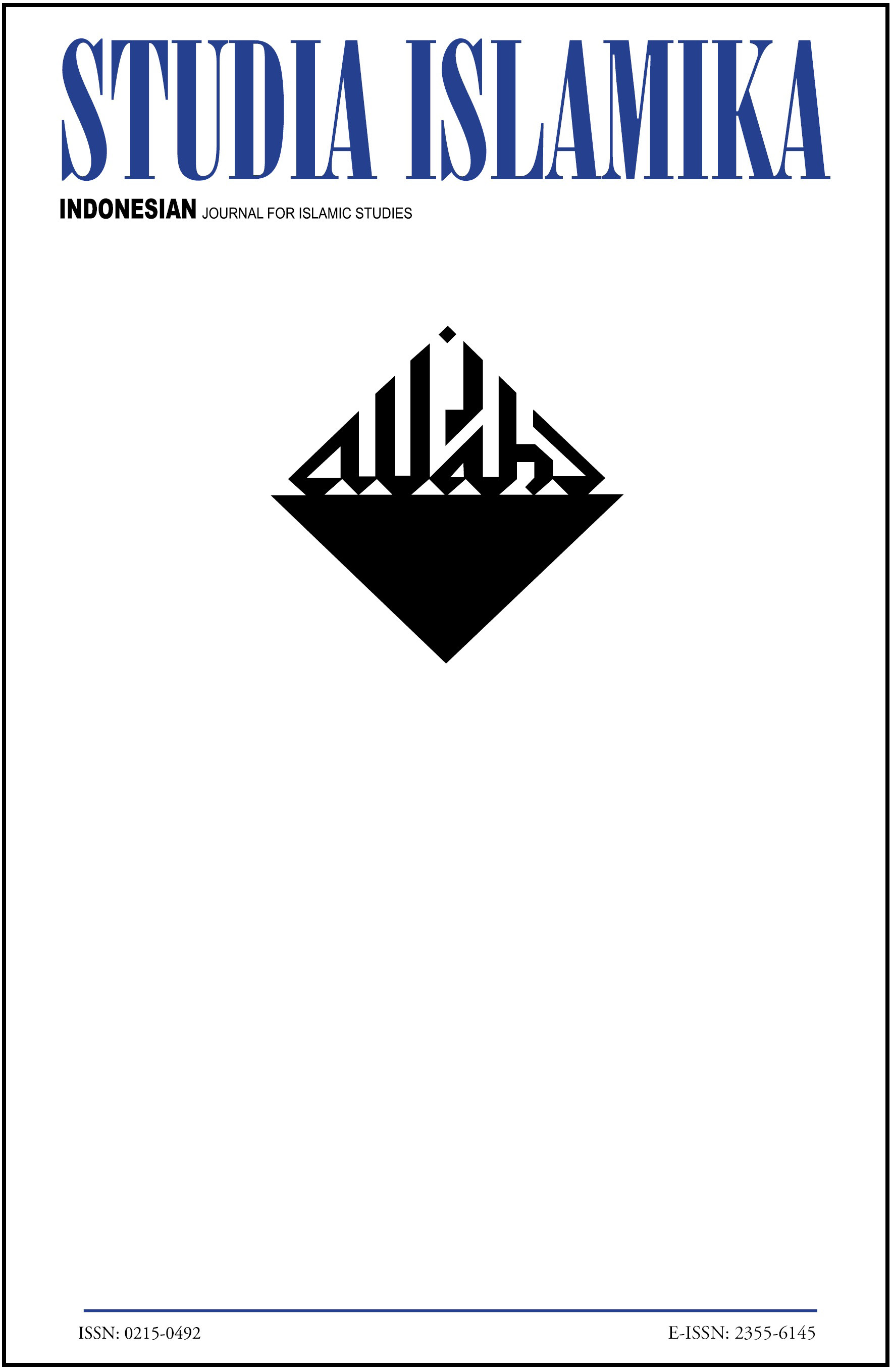Abstract
The history of Islamic educational reform in Indonesia shows that the emergence of the kaum muda group at the beginning of the twentieth century is connected with the emergence of the modern model of Islamic education called “madrasah”. After independence, the central government established a number of madrasahs for religious education and sekolah for ‘non-religious’ education in a number of areas in Indonesia. Focusing on Islamic education and schools in Aceh, this article argues that although the development of Islamic education in the area initially followed the state-wide pattern of contestation between modernist and traditionalist groups, the context, timing, socio-political factors behind reform and change was varied. This article shows that there is a close intersection between educational change and reform with non-educational factors such as government policies, local socio-political changes, amongst others.DOI: 10.15408/sdi.v20i3.513Authors who publish with this journal agree to the following terms:
- Authors retain copyright and grant the journal right of first publication with the work simultaneously licensed under a Creative Commons Attribution License that allows others to share the work with an acknowledgement of the work's authorship and initial publication in this journal.
- Authors are able to enter into separate, additional contractual arrangements for the non-exclusive distribution of the journal's published version of the work (e.g., post it to an institutional repository or publish it in a book), with an acknowledgement of its initial publication in this journal.
- Authors are permitted and encouraged to post their work online (e.g., in institutional repositories or on their website) prior to and during the submission process, as it can lead to productive exchanges, as well as earlier and greater citation of published work.
Downloads
Download data is not yet available.

